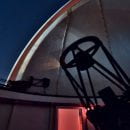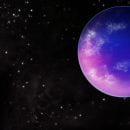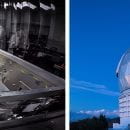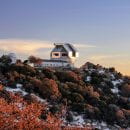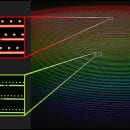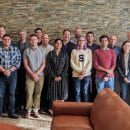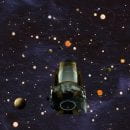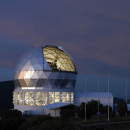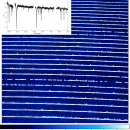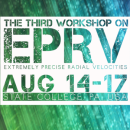HPF discovers a warm super Neptune – TOI-1728b
The Discovery A component of HPF’s on-sky time is used to follow up on potential planets discovered by NASA’s Transiting...
Read MoreA young sub-Neptune-sized planet sheds light onto how planets form and evolve
UNIVERSITY PARK, Pa. — The detailed characterization of a young planet slightly smaller than Neptune provides insight into how such...
Read MoreSub-Neptune sized planet validated with the Habitable-zone Planet Finder
A signal originally detected by the Kepler spacecraft has been validated as an exoplanet using the Habitable-zone Planet Finder (HPF), an...
Read MoreNASA’s Newest Planet Tracker Finds a Sky-high Perch
A new instrument funded by NASA and the National Science Foundation called NEID (pronounced “NOO-id”; sounds like...
Read MoreNEID Spectrograph Sees First Light
The exoplanet-hunting instrument NEID, designed and built at Penn State, has passed an important milestone on the road to discovering...
Read MoreNEID Passes its NASA Pre-Ship Review
The NEID spectrometer passed its NASA pre-ship review. The outcome of this review, held September 17 and 18th at Penn State, was unanimous...
Read MoreHow many Earth-size planets are around sun-like stars?
A new study provides the most accurate estimate of the frequency that planets that are similar to Earth in size and in distance from their...
Read MorePenn State set to lead on new exoplanet science priorities
A report by the National Academies of Sciences, Engineering, and Medicine sets the stage for Penn State’s Center for Exoplanets and...
Read MoreFirst Starlight for Habitable Zone Planet Finder
The Habitable zone Planet Finder (HPF) obtained its first observations of stars on 5 November. The figure displays a sample spectrum from...
Read MoreExtremely Precise Radial Velocities Workshop
Penn State hosted the Third Extremely Precise Radial Velocities workshop August 14-17, 2017. For more details, see the meeting...
Read More
